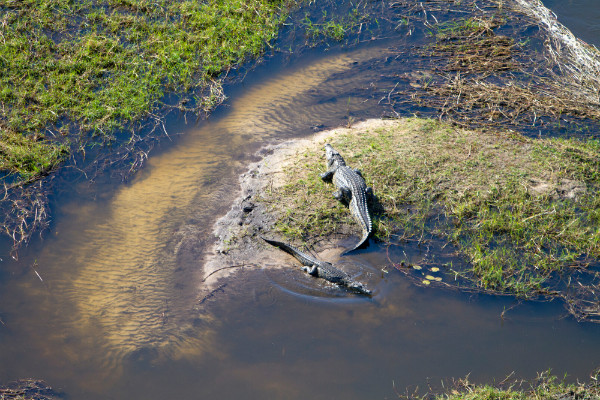High-tech crocodile spotting drones could soon be patrolling North Queensland waterways. The croc drones are currently in testing stage with technicians perfecting the artificial intelligence algorithm that helps them distinguish between crocodiles and tree trunks. Known as croc spotters, these drones are a world-first and it is hoped they will be able to identify crocodiles in rivers, creeks and beaches.
Here’s what we know so far…
Croc Spotter Drones: Who’s Involved?
The crocodile spotting project was initiated by the Queensland government and involves a number of partners including:
- The Ripper Group International – This Australian based company is privately owned and is responsible for bringing us shark spotting drones.
- Amazon Web Services – has partnered with The Ripper Group to advance the project. Ben Trollope, chief executive of Ripper Drones, said they have been vital:
- University of Technology Sydney – Involved in creating the algorithm used by the drones to distinguish between different forms of marine life and other objects.
How Do Croc Drones Work?
The crocodile spotting drones use a highly advanced algorithm that can differentiate between 16 different types of marine life, as well as other objects such as boats and humans. The main challenge researchers faced was the need to account for murky water and the presence of mangroves in Northern Queensland, factors shark drones don’t need to consider.
Crocodiles like dark, muddy water and can spend up to 45 minutes hiding underwater. Hundreds of hours have been spent feeding data into the AI technology.
The algorithm scans the video footage and sends an alert back to the pilot operating the drone if it detects a threat. With a 93% accuracy rate, pilots can instantly relay information to an app so it is available to the public
Between 2011 and January 2018 there were 11 crocodile attacks, 4 of them fatal. It is hoped the technology will be rolled out as part of the Croc Wise programme

